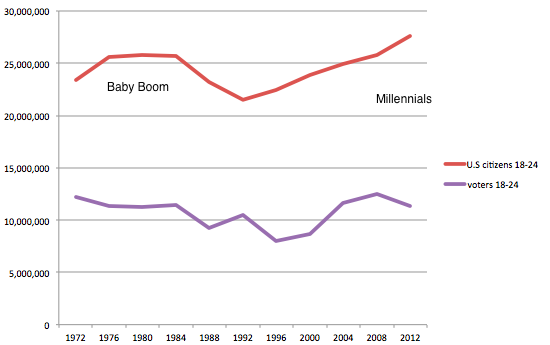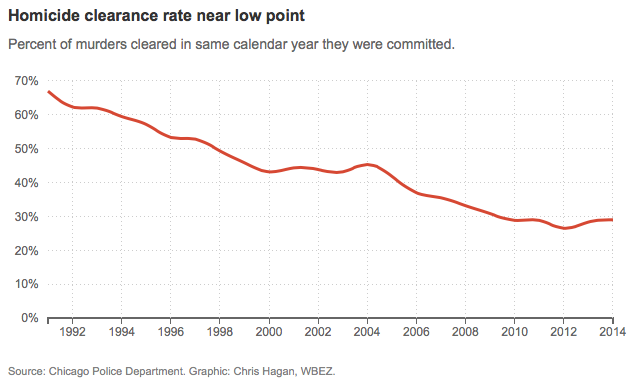Omri Boehm has written a troubling op-ed in the Stone summarizing the failure of human rights discourses to actuate political institutions, entitled “Can Refugees Have Human Rights?” Boehm worries the answer is “No.” Citing the most famous lines from Hannah Arendt’s discussion of refugees ( “If we should start telling the truth that we are nothing but Jews, it would mean that we expose ourselves to the fate of human beings who … are nothing but human beings.”) Boehm diagnoses a failure of modernity to find a metaphysical grounding for human rights, and suggests that this metaphysical failure is the blame for the institutional failure to protect refugees:
The truth is that we have never managed to vouch for human rights in sensible modern terms. One common strategy has been to appeal to nature rather than to God — on this view, human beings have inalienable natural rights — but in order to accept this alternative one must ascribe to nature qualities that science tells us it doesn’t have. […]
Modern political thinkers can meaningfully speak of the state as an instrument for defending the interests of its citizens. When they speak of the state as defending justice, or universal human rights, they are missing the necessary concepts.
This is a common refrain, and indeed it seems to have motivated more than its fair share of philosophical articles and monographs arguing for a return to metaphysical foundations long since rejected. But as I read Boehm, he does not mean to call for such a return. Rather, the failure of political theory in this regard has led to the failure of rhetoric and action. Indeed Boehm seems to regret that these categories can find no purchase among human beings who understand themselves to be the result of evolution, that there is no political theology worthy of the grand gestures of institutional inclusion declared as universal human rights. Call this tragic naturalism: after millennia of supernatural universalism, we can no longer delude ourselves. But we’ll probably always pine for the good old days.
Responding to Boehm, Eric Schliesser argues that the human rights tradition has offered itself as an alternative to democratic politics, calling human rights “political conversation stoppers.” He goes on to explain:
“Once they are invoked matters of principle are settled, and put aside, and all that remains is the technocratic discussion of solving the means by which to implement them. That is, while we often claim that rights generate duties, politically they are designed to generate obedience.”
On Schliessers’ view, human rights (unlike ordinary political rights) are meant to be uncontestable barriers to further inquiry; we must not quibble about slavery or bodily inviolability, but instead get busy abolishing slavery and securing bodily inviolability. Whereas ordinary political rights are constantly the subject of contestation and no entitlement is absolute.
This seems wrong to me. On my view, human rights aren’t political conversation stoppers, they’re a prerequisite for certain kinds of political conversations at all. Indeed, human rights are so foundational to certain kinds of political conversations that many people lay claim to them even where they don’t exist so as to begin or continue a difficult political conversation.
Let’s return to Arendt for a moment: in her analysis of the origins of totalitarianism, she spots a fervor for nation-states the was supported in part by the conviction that “people
without
their
own
national
government
were
deprived
of
human
rights.” If the only would-be “human” rights that exist are actually national rights, justiciable in one or another courtroom, then every human being needs a nation-state to protect her. “Human” rights sound nice, but they’re not the sorts of things that a lawyer can win a case on, and when you’re fighting the political head-winds of populist anti-migrant rhetoric, you need the courts.
So human rights are metaphysically ungrounded and politically ineffective. Too often we’re only able to give them salience retrospectively, in the context of historical genocide. Worst of all, just where you need them most, like when you belong to a group that has lost its political power–and must seek recognition for your vulnerability and powerlessness–you will find that no one is listening.
Now, it’s not at all clear why philosophers bemoan the metaphysics in situations like this. No one believes that the lack of a metaphysical ground is causing the political inefficacy of human rights. In the hypothetical world where a God exists to supply normative justification for a divine moral law that demands refugees be fed, sheltered, and protected, we would still have a Syrian refugee crisis. We would still have collective action problems, and states trying to avoid their fair share of supporting their burden of stateless persons, and budget limitations, and the fundamental fact that we only half-heartedly want to do the thing God demands. “Make me a humanitarian, Lord, but not yet! (And not before you make my economic competitors humanitarians, too.)” And we would still have difficulty determining which rights God intended to write into the structure of reality and who was charged to protect them.
Meanwhile, tragic naturalism may have some glimmers of hope. For one thing, it draws our attention to the ways in which many rights-claims start off ungrounded and develop institutional and political efficacy over time and through effort. The rights-claims in the Declaration of Independence are rhetorically grounded by God’s creation, certainly, but they were just as obviously not rights that any group of Christians has been able to find the normative purchase on previously.
It has become common, then, to point out that most rights-claims are self-founding. It’s the rights-claim that grounds the right. Of course, this suggests that human rights-claims are not actually universal or human rights but instead political rights-claims that seek to sidestep the claimant’s lack of the appropriate codified legal status. But it’s not clear why we’d reach for politics (and its “rights of citizens”) in those instances, since most who require the protection of a scheme of universal human rights are equally well barred from political participation.
Ayten Gündoğdu gives an excellent account of this in her recent book Rightlessness in an Age of Rights. Human rights have always had an aspirational quality, as we have seen among the Sans Papier movement in France where those designated economic migrants (and thus ineligible for refugee-status) continue to demand documentation and regularization. The movement has all the signs of a successful set of ungrounded rights: it is a political movement whose very existence assumes the capacity to engage in politics is not simply a matter for citizens. It is an illegitimate demand that seeks to legitimate itself and the demanders. In this sense, human rights-claimants are always engaged in a kind of political foundation, creating the institutional basis for their own eventual juridical protection.
Of course, such efforts at political foundation often fail. This isn’t a triumphalist account of human rights, as if the problem was resolved in 1948 and need not be revisited. We shouldn’t ignore that the refugee who points to her own vulnerability to justify her rights-claims (while failing somehow to qualify as an asylum-seeker) currently lacks institutional grounding, and that the migrancy crisis will only grow: 232 million people belonged to that category in 2013, and an estimated 9 million Syrians have fled their home since the beginning of the crisis.
When stateless migrants interrupt previous metaphysical and institutional conceptions of human rights by making unrecognized human rights-claims, this interruption does not stop a democratic conversation but start one. If what we want out of human rights is a way to bend democratic polities to some “higher law,” we’ll be disappointed. There never was a real conflict between democracy and human rights, and this goes back to the reason naturalism seems tragic: we’re disillusioned because the story was better than reality could ever be. But there’s no tragedy if we treat human rights as an opportunity to exchange reasons (including ungrounded reasons!) with our fellow-citizens (documented and undocumented) and engage in powerful acts of institutional co-creation with our vulnerable neighbors.







 A primary goal of Patterns of Commoning is to show the great scope and vitality of commons initiatives around the world. There are chapters on alternative currencies and open source farm equipment, community forests and co-learning commons, theater commons and collaborative mapping, urban commons and dozens of others. Margaret Thatcher once championed neoliberal capitalism with the harsh ultimatum, “There IS no alternative!” Patterns of Commoning shows in vivid detail that there are plenty of alternatives!
A primary goal of Patterns of Commoning is to show the great scope and vitality of commons initiatives around the world. There are chapters on alternative currencies and open source farm equipment, community forests and co-learning commons, theater commons and collaborative mapping, urban commons and dozens of others. Margaret Thatcher once championed neoliberal capitalism with the harsh ultimatum, “There IS no alternative!” Patterns of Commoning shows in vivid detail that there are plenty of alternatives!